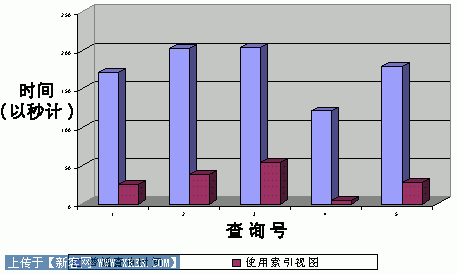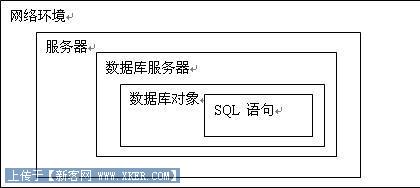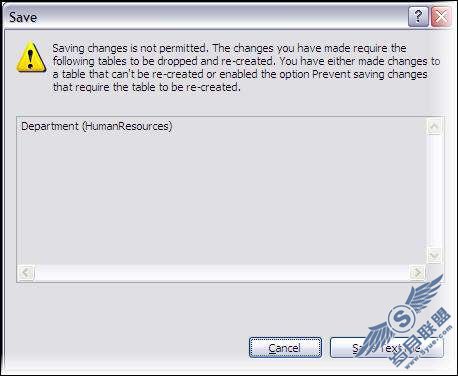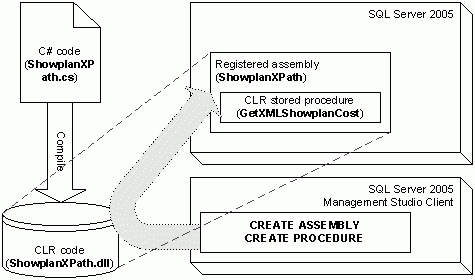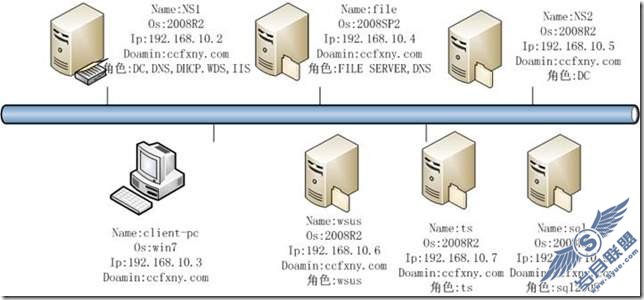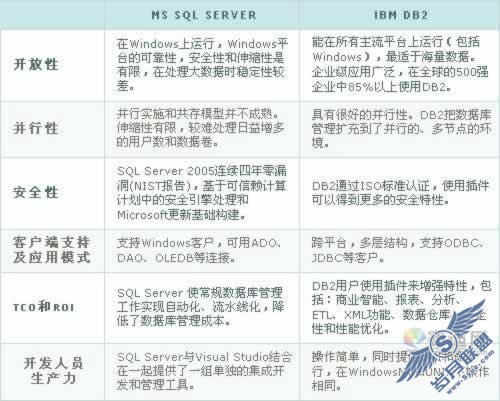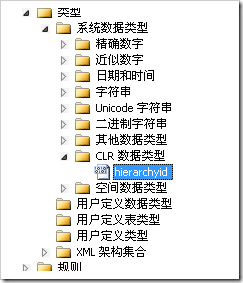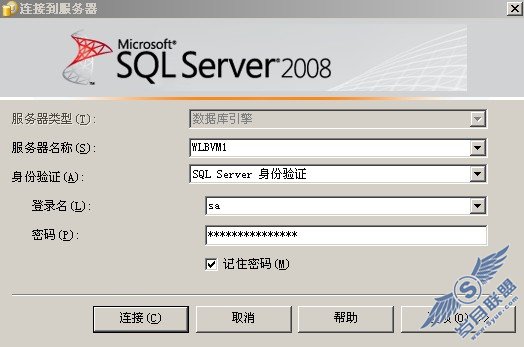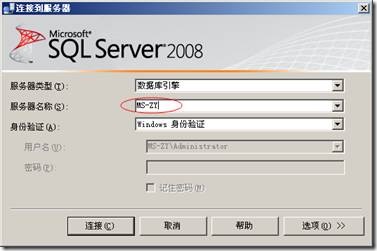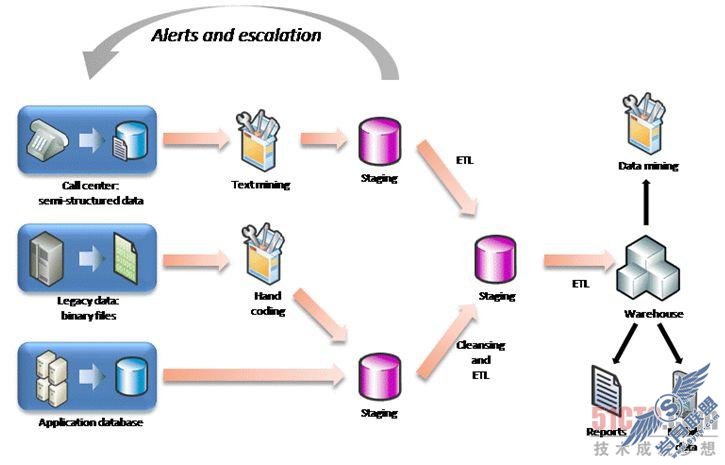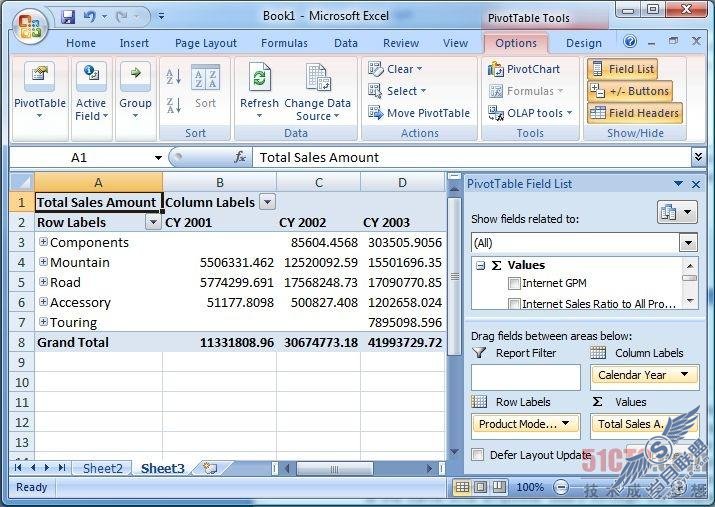SQL Server(三):Select语句
1、最基本的Select语句:
Select [Top n [With Ties]]
<*|Column_Name [As <Alias>][, ...n]>
From <Table_name>
Order by <Column_Name [DESC]>[, ...n]
1)*(星号)表示所有列,在选择特定列时可以在结果集中更改显示的列名
Select * from Products
Select ProductID,ProductName,CategoryID,UnitPrice
From Products
Select ProductID As ID,ProductName As Name,CategoryID,UnitPrice As Price
From Products
2)在结果集中可以使用表达式计算列
Select ProductID,ProductName,CategoryID,UnitPrice,
OutPrice=UnitPrice*1.2
From Products
3)Order by对结果集中的列进行排序,如果倒序,加DESC,如果是多列,选按第一列排序,如果第一列相同,按第二列排序,依此类推
Select ProductID,ProductName,CategoryID,UnitPrice
From Products
Order by CategoryID,Unitprice Desc
4)Top n:显示结果集中的前n行,使用Top n时可以不存在Order by;Top n With Ties:如果第n行后存在与第n行相等的值,则也显示这些行,使用Top n With Ties时,一定要有Order by。
Select Top 12
ProductID,ProductName,CategoryID,UnitPrice
From Products
Select Top 12 With Ties
ProductID,ProductName,CategoryID,UnitPrice
From Products
Order By UnitPrice
2、where条件子句:
使用where时后接条件表达式,条件表达式可以是:
1)使用比较操作符连接的条件
2)使用逻辑操作符连接的条件
3)使用Between...and连接的条件:
where c betweeb v1 and v2相当于where c>=v1 and c<=v2
4)使用in:
where c in(v1,v2,v3)相当于where c=v1 or c=v2 or c=v3
5)使用Is Null或Is Not Null
6)使用like做字符串的模糊查询,其中支持的通配符有:
下划线,表示任意单一字符;
星号,表示任意多个任意字符;
[<list>],表示单一字符,字符必须是列表中存在的字符;
[^<list>],表示单一字符,字符必须是列表中不存在的字符;
3、汇总和分类汇总
1)使用聚集函数进行数据汇总,使用Group by <Column_Name [, ...n]>进行分类汇总
Select sum(UnitPrice) as [SUM]
From Products
Select CategoryID, sum(UnitPrice) as [SUM]
From Products
group by CategoryID
2)查询的列必须是在Group By中出现的类
3)必须按条件语句(where)、分类汇总语句(group by)、排序语句(order by)的顺序查询。系统也将按照条件语句(where)、分类汇总语句(group by)、排序语句(order by)的顺序执行。
Select CategoryID,sum(UnitPrice) as [SUM]
From Products
Where ProductID<50
group by CategoryID
Order By [Sum] Desc
4)如果对汇总结果实现条件,使用Having子句,不可以使用Where条件。
4、关于排名等的函数
在SQL Server中新引入的函数:Rank、Dense_Rank、Row_Number、NTile(n)
Select ProductID,ProductName,UnitPrice,
Rank() over(Order By UnitPrice) as [Rank],
Dense_Rank() over(Order By UnitPrice) as [Dense_Rank],
Row_Number() over(Order By UnitPrice) as [Row_Number],
NTile(10) over(Order By UnitPrice) as [NTile]
From Products
5、多表连接
1)使用Where连接的情况
Select ProductID,ProductName,CategoryName
From Products,Categories
where Products.CategoryID=Categories.CategoryID
2)使用Join语句连接
Select ProductID,ProductName,CategoryName
From Products p join Categories c
on p.CategoryID=c.CategoryID
3)Join连接类型:
(1)内连接
(2)外连接
(3)交叉连接
6、子查询
1)做为单值使用:要求查询的结果为单行单列,与比较操作符搭配使用。
declare @sum money
select @sum=sum(UnitPrice) from Products
select * from Products
where UnitPrice>@sum
Select * from
Where UnitPrice>(Select sum(UnitPrice) from Products)
2)做为多值使用:要求查询的结果为单列,与In操作符搭配使用。
Select p.* from
Products p join Categories c on p.CategoryID=c.CategoryID
where CategoryName like 'c%'
Select * from Products
where CategoryID in
(Select CategoryID from Categories
where CategoryName like 'c%')
3)做为结果集(也可以简单地理解为一个“表”)使用。
Select ProductID,ProductName,UnitPrice
from
(
Select ProductID,ProductName,UnitPrice
Row_Number() over(order by UnitPrice) as RowNumber
From Prodcuts
) as t
where RowNumber between 41 and 50
